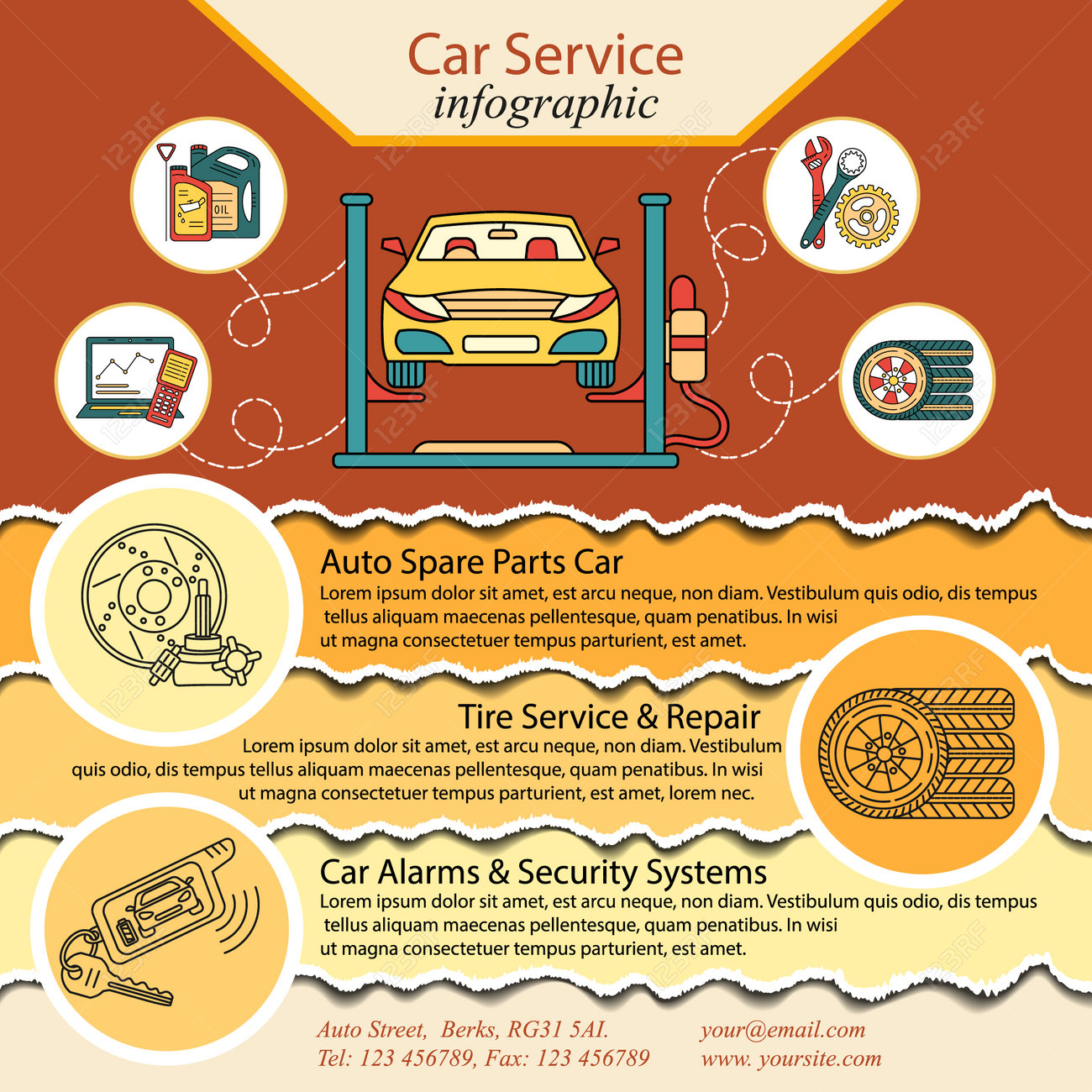Comprehending The Significance Behind Your Automobile'S Warning Lighting: An In-Depth Appearance
Comprehending The Significance Behind Your Automobile'S Warning Lighting: An In-Depth Appearance
Blog Article
Write-Up Produced By-Lim Stark
When you lag the wheel, those glowing warning lights on your control panel can be a bit bewildering. Do you know what they're trying to inform you regarding your cars and truck's health? Understanding the relevance of these lights is crucial for your safety and security and the longevity of your lorry. So, the following time among those lights pops up, wouldn't you intend to decode its message precisely and take the required actions to resolve it?
Common Warning Lights and Interpretations
Determine usual warning lights in your automobile and comprehend their definitions to ensure risk-free driving.
One of the most common caution lights consist of the check engine light, which indicates concerns with the engine or exhausts system. If this light comes on, it's important to have your car inspected immediately.
The oil pressure cautioning light suggests low oil stress, requiring prompt attention to stop engine damages.
boat detailing service flashing battery light may suggest a damaged charging system, possibly leaving you stranded if not addressed.
The tire stress monitoring system (TPMS) light informs you to reduced tire stress, impacting lorry stability and gas effectiveness. Overlooking this can result in unsafe driving conditions.
The abdominal muscle light indicates a trouble with the anti-lock stopping system, jeopardizing your ability to stop promptly in emergencies.
Last but not least, the coolant temperature level cautioning light warns of engine overheating, which can result in serious damage otherwise solved swiftly.
Understanding auto detailing auckland will certainly help you address problems quickly and keep risk-free driving conditions.
Importance of Prompt Attention
Understanding the typical caution lights in your car is just the very first step; the value of promptly resolving these warnings can't be highlighted sufficient to guarantee your security when driving.
When a warning light brightens on your dashboard, it's your car's way of communicating a prospective concern that needs interest. Overlooking these warnings can bring about a lot more extreme problems later on, endangering your safety and security and possibly costing you a lot more out of commission.
Motivate interest to cautioning lights can prevent break downs and mishaps. For instance, a blinking check engine light might suggest a misfire that, if left unattended, might trigger damage to the catalytic converter. Resolving this immediately can conserve you from an expensive repair.
In a similar way, a brake system alerting light might indicate low brake liquid or worn brake pads, critical components for your safety when driving.
DIY Troubleshooting Tips
If you observe a warning light on your dashboard, there are a couple of DIY repairing pointers you can attempt prior to seeking professional aid.
The primary step is to consult your auto's manual to understand what the particular warning light shows. In some cases the issue can be as easy as a loosened gas cap activating the check engine light. Tightening the gas cap might resolve the issue.
One more usual issue is a low battery, which can cause different alerting lights. Checking the battery connections for deterioration and ensuring they're safe and secure might take care of the trouble.
If a warning light continues, you can try resetting it by separating the car's battery for a few minutes and afterwards reconnecting it. Additionally, examining your vehicle's fluid levels, such as oil, coolant, and brake liquid, can help fix cautioning lights related to these systems.
Verdict
To conclude, comprehending your vehicle's warning lights is important for keeping your car running smoothly and securely. By promptly resolving these alerts and recognizing what they suggest, you can avoid expensive repairs and potential failures.
Remember to consult your cars and truck's handbook for particular information on each alerting light and act appropriately to make certain a trouble-free driving experience.
Stay notified, remain safe on the road!
